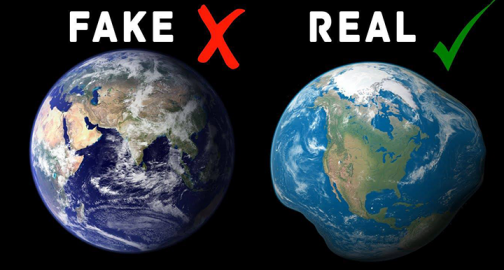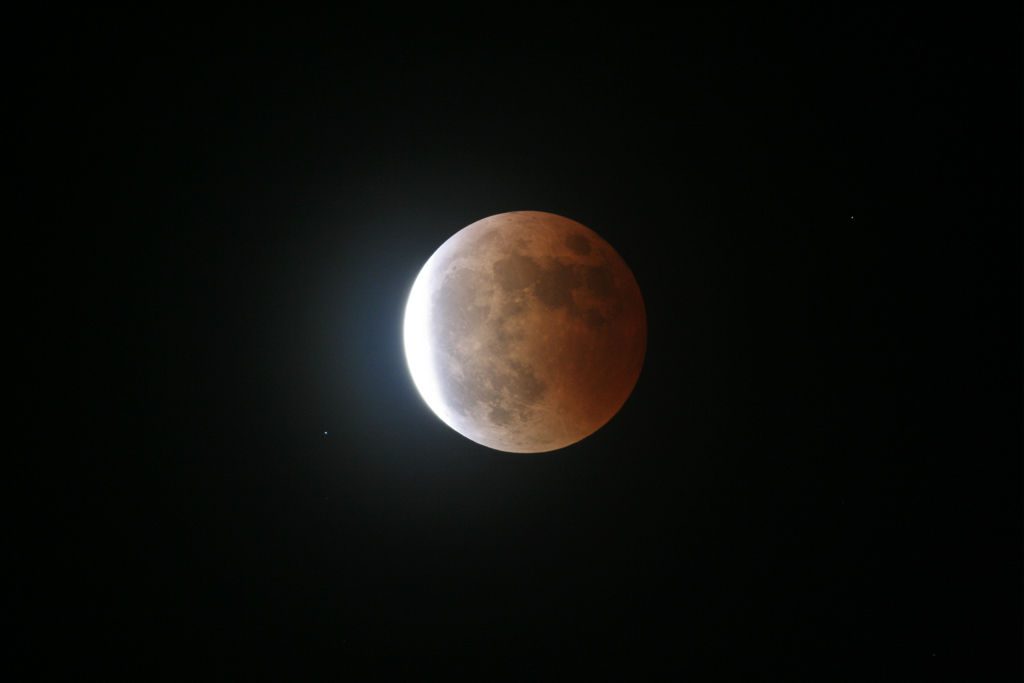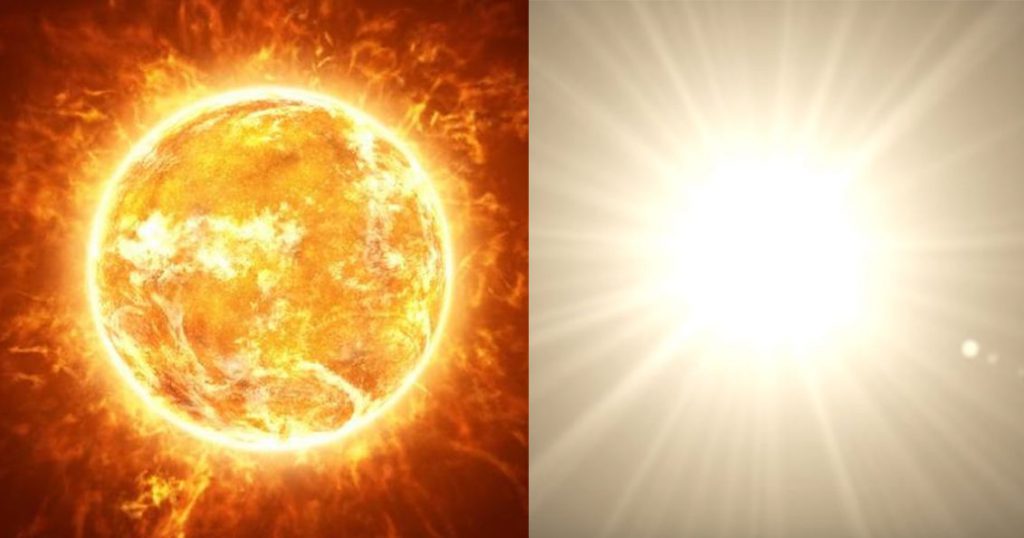
I bet many of you must have dreamt of getting into the outer space and witness asteroids and meteors. To add to your curiosity, Black Hole has since long been a mystery and we just can’t get over the excitement to explore more about it.
But sadly enough, most of our space-related knowledge has been built up through some of the Hollywood movies or irrelevant internet blogs that are very far from the reality a majority of times.
But in the interest of setting things clear in front of you, here we dispel a few myths about the space that might probably disappoint you.
1. Mercury is closest to the sun and therefore the hottest.

The distance of a planet from the sun does not affect the average temperature on the planet. Talking about Mercury, yes, it is indeed the closest planet to the sun but it doesn’t mean that it is the hottest one.
During the day, the temperature of the surface of Mercury can reach up to 420 degrees centigrade. The hottest planet in the solar system is Venus and the average temperature on the planet does not go below 462 degrees centigrade.
2. Even the moon has a darker side.

With the dark side of the moon, we generally refer the side that is unlit by the sun, but it would be way more precise to talk about the side that isn’t seen by the humans. The moon and the earth revolve simultaneously, which means we only see one side of our satellite and therefore the dark side of the moon cannot be viewed without leaving the earth’s orbit.
Also, since the moon and the earth revolve around the axis, the rays of the sun reach all the parts, so there isn’t actually any dark side of the moon.
3. The earth is round.

It is known to us all that the earth isn’t flat or square but circular in shape. The planet earth is slightly flattened at the poles and widened at the equator and also its surface constantly changes due to the continuous motion of tectonic plates and erosion.
It would be disappointing for you to know that the shape of the earth is pretty different from any kind of a ball, rather it is more like an irregular potato or a pear.
4. The sun is yellow.

We have all known that Sun is yellow-orange or reddish in colour depending upon the time of the day and its position. But the sun is actually white. The colour of any light depends on the temperature.
But why have we been considering it as yellow then? Actually, the thing is, the longer light waves from the yellow-red part of the spectrum, cross the atmosphere of the earth without loss and the shorter greens of violent waves diffract a lot.
And this is the very reason why the sky appears blue during the day and black during the night.
5. A human in outer space without a spacesuit will explode.

We know from a number of Hollywood movies that if we remove our helmet in the space, our head will swell and blow up. No doubt that it is deadly, but death will not arrive you as immediate and as horrible as it is known.
Actually, the exceedingly low outside pressure is extremely dangerous for the lungs, heart, and the brain and apparently it is not the most pleasant way to die.
6. The Sun is a ball of fire.

The Sun is not burning but glowing because the heat generated by it is the result of a nuclear reaction and not a chemical one.
7. The Earth and Venus are identical.

Venus is referred as our twin, but it generally leaves an impression that it is identical to our planet. The surface of the planet Venus is actually very unwelcoming and deadly, unlike the surface of the planet Earth.
8. In summers, Earth is closer to the Sun.












